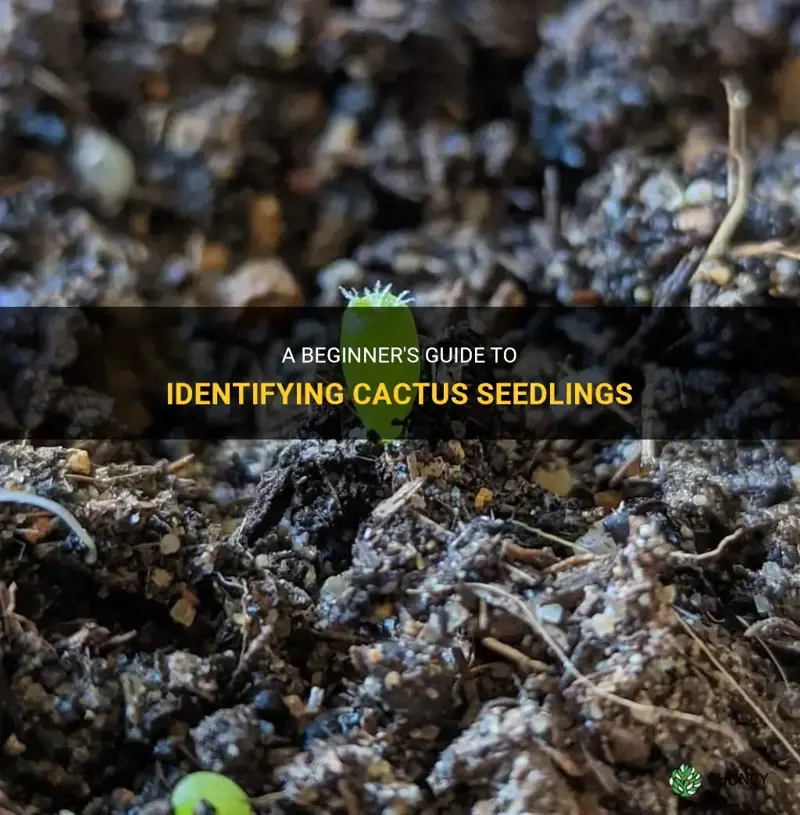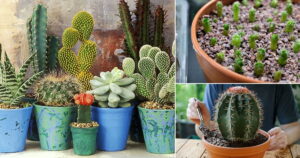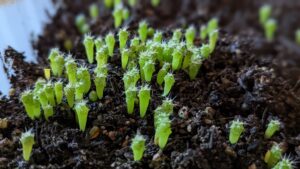Understanding the appearance of cactus seedlings is akin to peeling back the layers of an onion, revealing vivid colors, intricate structures, and an inherent beauty that captivates both novice and seasoned cultivators alike. Cacti, with their robust nature and minimalist charm, often evoke an image of stark desert landscapes. Yet, beneath their tough exterior lies a plethora of captivating diversity that begins at the seedling stage. Allow this journey to explore the visual identity of cactus seedlings, shedding light on their unique allure, growth tendencies, and how to identify various species.
Before embarking on the specifics of identification, it is essential to grasp the common characteristics that define cactus seedlings as a group. Largely considered miniature versions of their mature counterparts, these young plants typically exhibit a range of colors, from vibrant greens to subdued grays. Each seedling possesses a cylindrical or globular form, a testament to the evolutionary adaptations that equip them to thrive in arid conditions. Their surface, often adorned with fine hair-like structures or spines, adds another layer of complexity, each detail contributing to their dramatic presence.
This stage in a cactus plant’s life offers much to explore, encompassing various growth habits and intriguing features that captivate observers.
Emerging Diversity: The Kaleidoscope of Cactus Seedlings
As one walks through the realm of cactus seedlings, a veritable kaleidoscope of shapes and sizes emerges, each with its signature aesthetic appeal. For instance, varieties such as the Echinopsis and Gymnocalycium seedlings display a delightful spherical silhouette, often enveloped in a soft green hue. Meanwhile, the more elongated species, like Cereus, assume a columnar form that stretches skyward, reminiscent of tiny skyscrapers on a micro scale.
One must not overlook the color spectrum, which can be strikingly vivid based on the species and environmental conditions. While most cacti start with a fresh green tint, certain species like the Rebutia showcase vivid red or orange hues that are positively mesmerizing. These colors not only beckon the eye but often serve as identification markers crucial for distinguishing among the plethora of species available to cultivation.
Textural Wonders: Spines, Hairs, and Other Delicacies
Upon closer inspection, the surface of cactus seedlings often reveals a fascinating array of textures that beckon further examination. For instance, one can observe the delicate fuzzy structures known as areoles—these fascinating growths are often the birthplace of spines and flowers. In some species, like the Opuntia, these areoles play host to glochids: tiny, hair-like spines that add a unique challenge when handling the plants, as these spines can adhere to skin if not approached with caution.
Dramatic contrasts exist between various species when it comes to spine texture and formation. The robust, prominent spines of a Ferocactus demonstrate impressive resilience, while the soft fuzz of a Mammillaria may evoke a more delicate touch. Each species carries its story within its tactile characteristics, inviting observers to engage with them on an intimate level. Such observations underscore the ecological adaptations that enable survival in their often harsh environments.
Growing Patterns: The Journey from Seed to Seedling
The developmental journey of a cactus seedling is a tale of patience and perseverance. Initially, seeds are often small and unassuming, requiring the right combination of warmth, moisture, and time to trigger germination. Once seedlings emerge, they display a slow yet gradual growth pattern that is both fascinating and rewarding. Their early days are characterized by careful attention to light, as these sun worshippers demand ample but indirect sunlight to thrive.
Over time, seedlings develop a root system reminiscent of lacework—a delicate network that seeks out moisture and nutrients within the arid soil. As the seedlings mature, this rooting system becomes critical not only for their survival but also for fostering the stability required to sustain their growing frames. In this dance of development, one comes to appreciate the resilience inherent to cacti and their adaptability to diverse environments.
Identifying Familiar Friends: Tips and Tricks
To navigate the nuanced world of cactus seedlings, it is helpful to familiarize oneself with key identification techniques. Various attributes can provide clues to a seedling’s identity, primarily focusing on the shape, color, spine morphology, and growth habits. Observational skills, patience, and a willingness to engage with each seedling’s unique narrative are paramount in this journey.
For instance, embracing the unique silhouette of a seedling can guide the identifier towards species recognition. Short, globular seedlings signal maturity, while taller forms may suggest an eagerness to reach for the sun. The coloration, as mentioned previously, offers invaluable hints—deep greens may indicate a healthy seedling, while yellows or browns often signal stress or neglect. Understanding the context of your cultivation environment will prove beneficial, as different species thrive in varied conditions.
Ultimately, each cactus seedling serves as a testament to nature’s artistry, reflecting an intricate tapestry woven from survival, adaptation, and sheer beauty. By learning to appreciate the remarkable characteristics that distinguish cactus seedlings, one opens the door to a world rich in biodiversity and ecological wonder. It is through this appreciation that the cacti of the world—those harbingers of resilience through stark environments—can be understood and cherished as not just plants, but as living narratives of our planet’s story.





Leave a Comment